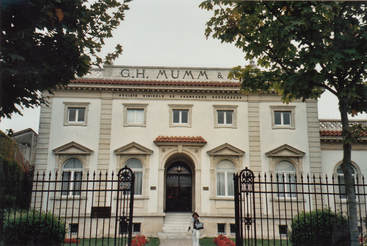
"We need to take a tour of a champagne cellar," Sherrill informed me.
She had discovered that Reims was a center of the champagne industry.
"Well, if we need to."
We chose Mumm (pronounced moom, apparently) and made a reservation. We were the only people who showed up, but a charming young guide still gave us an excellent private tour through the chalk caves and tunnels—despite her high heels. Of course, the visit ended in a tasting room with an opportunity to buy.
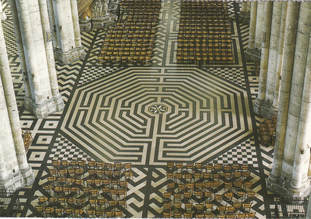 Amiens 13th century cathedral labyrinth
Amiens 13th century cathedral labyrinth "They may go fast, but they're not insane."
We'd admired Riems' cathedral, but the one in Amiens was even more spectacular. It could hold, we were told, two cathedrals the size of Notre Dame in Paris. As a bonus, Sherrill added to her list of the body parts of saints with the reliquary of John the Baptist, which (supposedly) held the saint's head, brought from Constantinople. As a "collector" of church mazes and labyrinths, as well, she was delighted by the 13th century labyrinth stretching across the fourth and fifth bays of the nave—the second largest church labyrinth in France.
"I want to take that home," she told me, gazing down at the black and white labyrinth.
"Somebody would notice if you dug it up."
"Maybe you could distract them."
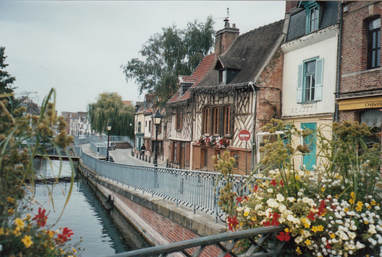 Amiens medieval houses along canal
Amiens medieval houses along canal "Not another little Venice," Sherrill sighed. "How many have we seen?"
"A dozen, maybe?"
"At least."
Although we'd encountered "little Venices" across the globe, we still couldn't resist them, just as we couldn't resist tromping through gardens, whatever shape and size they might be. The medieval houses and shops along Amien's canals, with their half-timbered, brick, and stucco facades and overflowing flower boxes, were obscenely picturesque. The houses lining one of the canals had been turned into restaurants and pubs, most of them specializing in mussels with French fries, just as if they knew our weakness for them, so a casual walk on the evening of our forty-sixth wedding anniversary turned into a search for the restaurant in which we'd celebrate with a feast of mussels and fries.
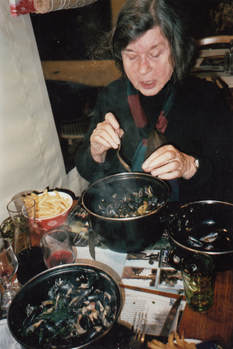 Sherrill, 46th anniversary, Amiens
Sherrill, 46th anniversary, Amiens "Of course not."
Did she think I was fussy, or something?
The weather was beautiful, although it was late September, so we ate looking down on the blue and green water of the canal. The waiter in his black suit and over-sized white apron was friendly and efficient and helped us choose a wine to go with the mussels. We had no idea, however, how huge the servings would be. We each got a large black pot of mussels in broth, a big dish of fries, and hunks of garlic bread.
"We should've shared one order!" Sherrill said, when she saw all the food in front of us.
"Happy anniversary!"I replied, raising my glass.
Amiens had turned out to be one of those unexpected delights that sometimes graced our travels -- and a surprisingly romantic place for our anniversary.
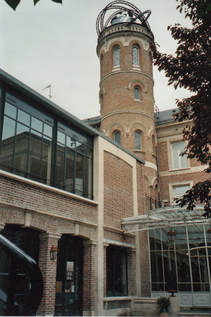 Jules Verne home, Amiens
Jules Verne home, Amiens The challenge when we reached Rouen was to find the agency to drop off the rental car. This ancient city associated with Joan of Arc was a maze of narrow one-way streets. We knew the address, but couldn't figure out how to get there. Sherrill was ready to abandon the car on the street. When we got close, I leaped out, ran around a couple of corners and into the agency, explaining where Sherrill and the car were trapped. A fellow went back with me and drove us to the agency—in a convoluted route that we never would have figured out.
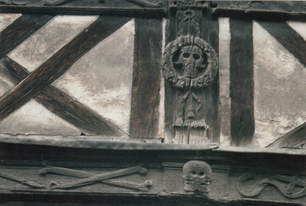 Plague cemetery carvings, Rouen
Plague cemetery carvings, Rouen 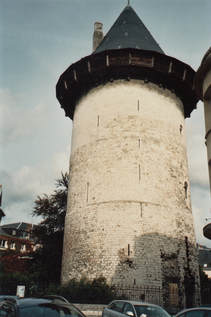 Joan of Arc Tower, Rouen
Joan of Arc Tower, Rouen "I don't understand how supposedly religious people can do all this to other human beings," I muttered.
"You don't need to understand."
A sleek modern train got us to the port city of Le Havre, almost completely rebuilt after World War Two. The bold design of the new city, a vast pattern of broad spaces and grand buildings, most of it of concrete, was so impressive that UNESCO designated it a World Heritage Site. Sherrill and I, however, felt that it was as cold and inhuman as similar postwar developments we'd seen in the Soviet Union and other Eastern Bloc countries—even if it was better designed and better built.
 Market day, Honfleur, and St. Catherine's Church
Market day, Honfleur, and St. Catherine's Church "Idiot." Sherrill rolled her eyes, but smiled.
The next morning, we were glad get on a bus to the tiny town of Honfleur down the coast.
Cozy between steep hills, a little port, and a yacht harbor, Honfleur's ancient wood buildings were more our style. We arrived during the weekend market in the little square next to Sainte-Catherine's church, an all-wood masterpiece with a vaulted ceiling like the hull of an overturned ship. It was no surprise to learn that it was the work long ago of local boat-wrights. Our room in a little half-timbered hotel may have had a wavy floor, but we liked it, just as we liked exploring the town outside our window and hiking into hills behind it, from which we could view the entire area: water, land, and new sparkling white suspension bridge.
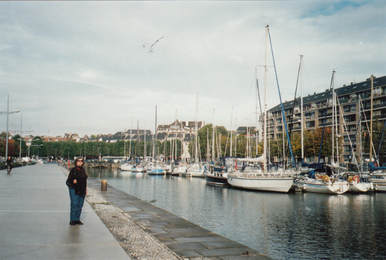 Sherrill, yacht harbor, Caen, France
Sherrill, yacht harbor, Caen, France We shouldn't have been shocked each time we saw how badly this corner of France had been devastated during World War Two, but we were. Caen wasn't flattened quite as badly as Le Havre, but only a few old buildings remained. On our first trip to London, from time to time we'd seen in the middle of a block a burned out hole where a German rocket had hit. In Caen, the situation was the reverse: from time to time, we'd see one or two medieval buildings standing amid blocks of much later buildings, like raisins in a cake. The great castle had survived, but not much else notable.
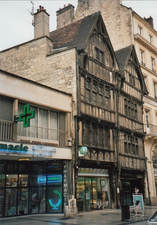
Caen, surviving
Medieval houses
To be continued....
If you find these posts interesting, why not explore the rest of my website, too? Just click on the buttons at the top of the page and discover where they take you—including a bio, information about my four novels, along with excerpts from them, and several complete short stories.
Please pass the posts on to anybody else you think might enjoy them.
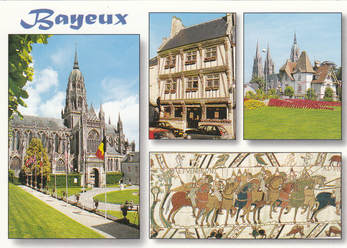
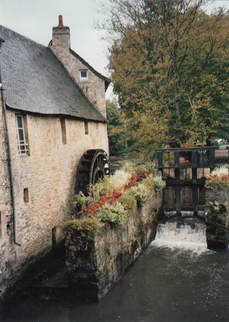
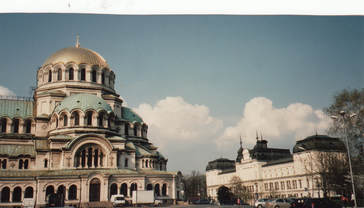
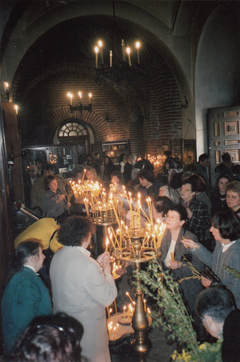
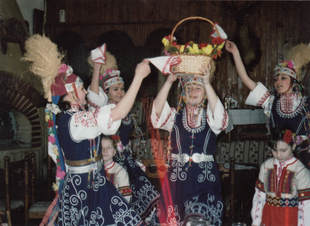
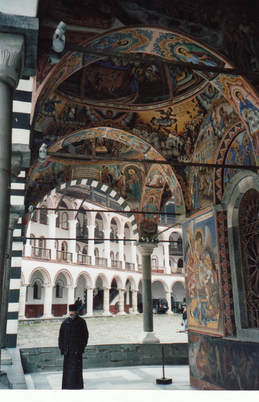
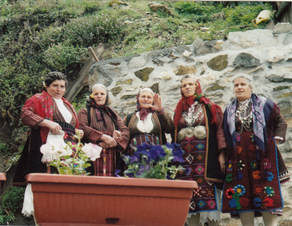
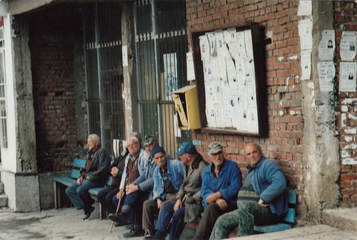
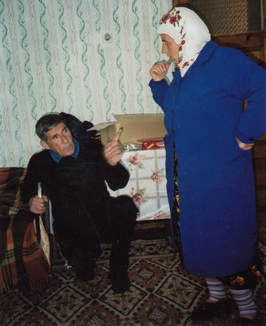
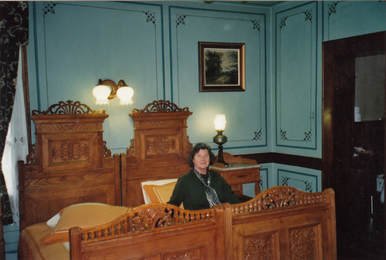
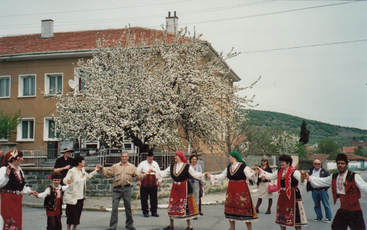
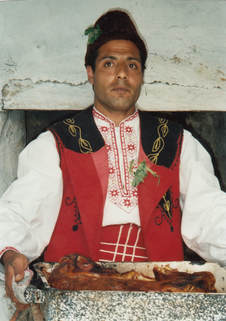
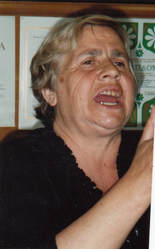
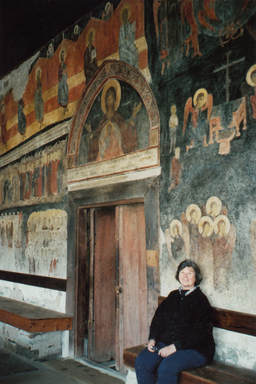
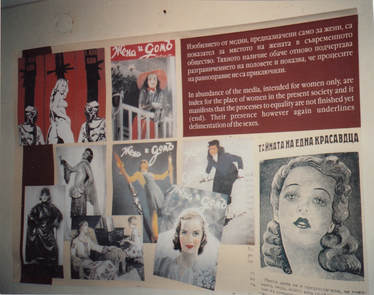
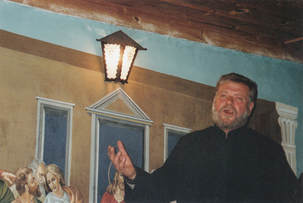
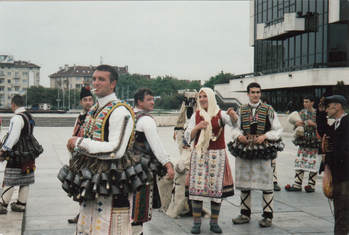
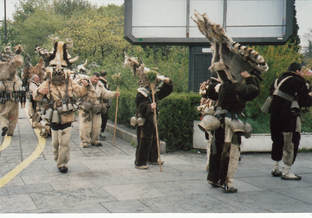
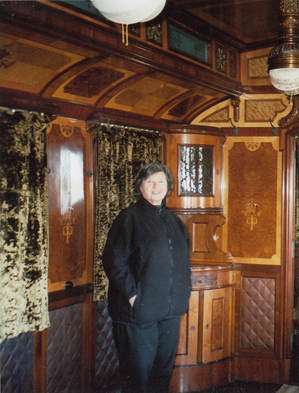
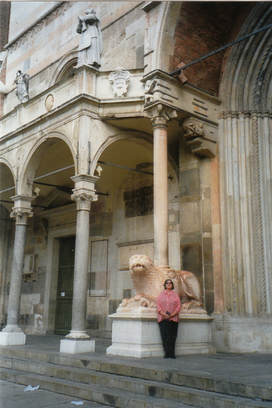
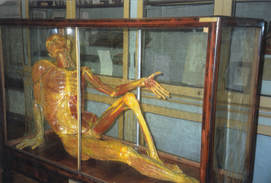
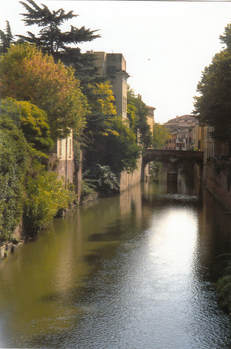
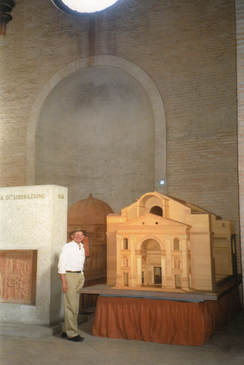
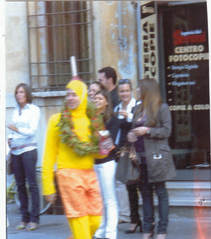
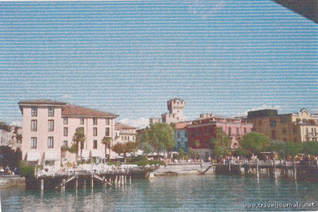
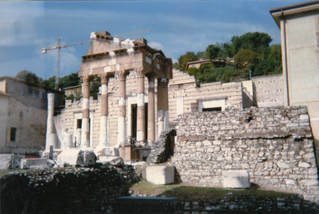
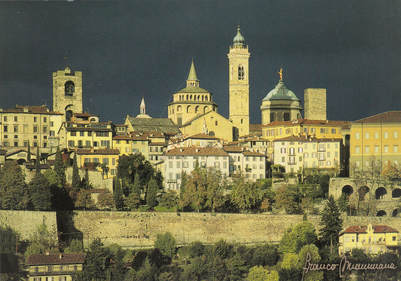
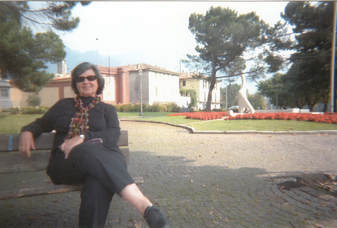
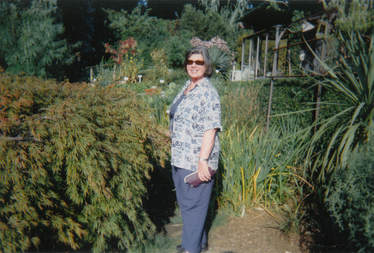
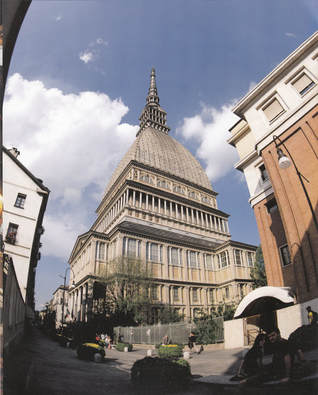
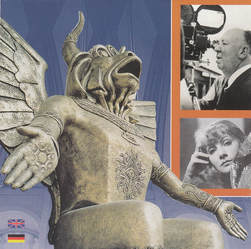
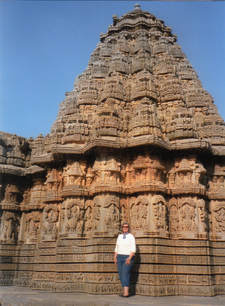
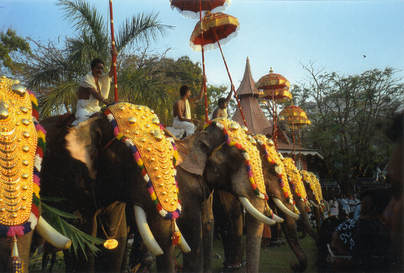
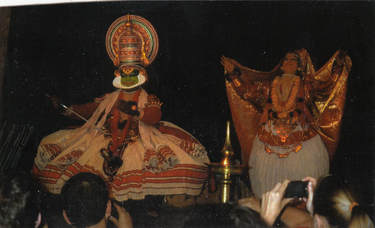
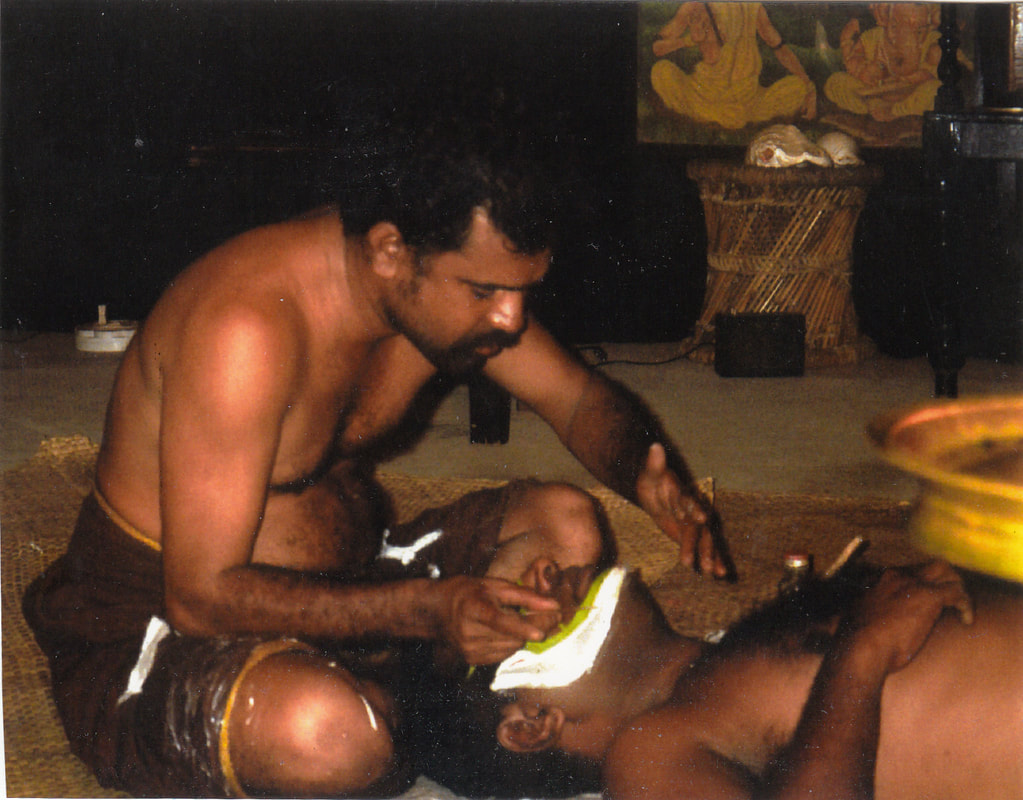
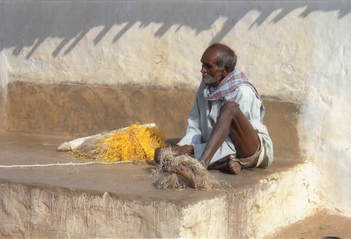
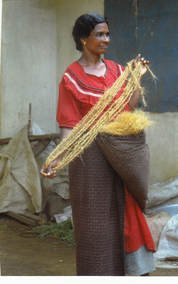
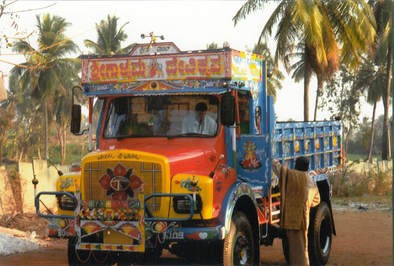
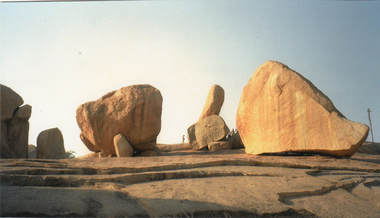
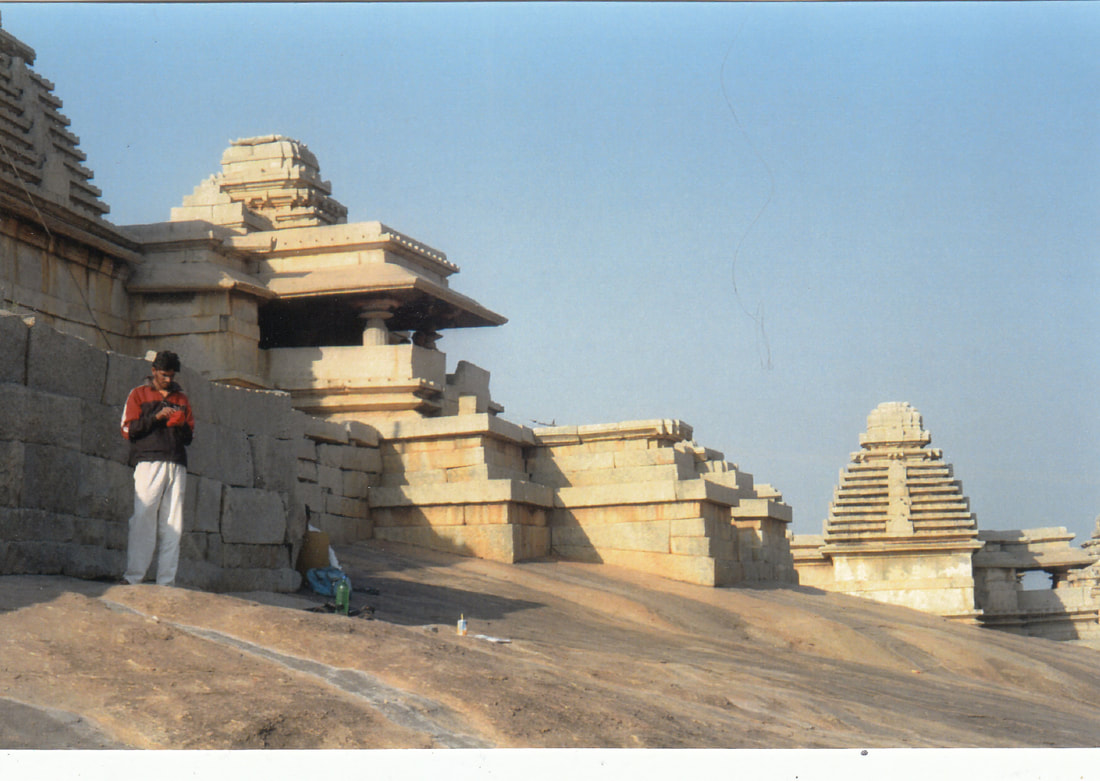
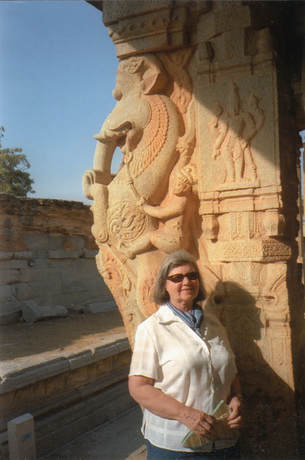
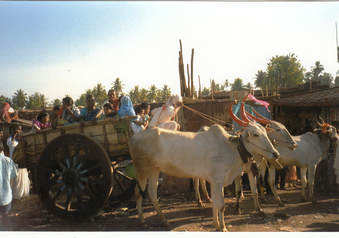
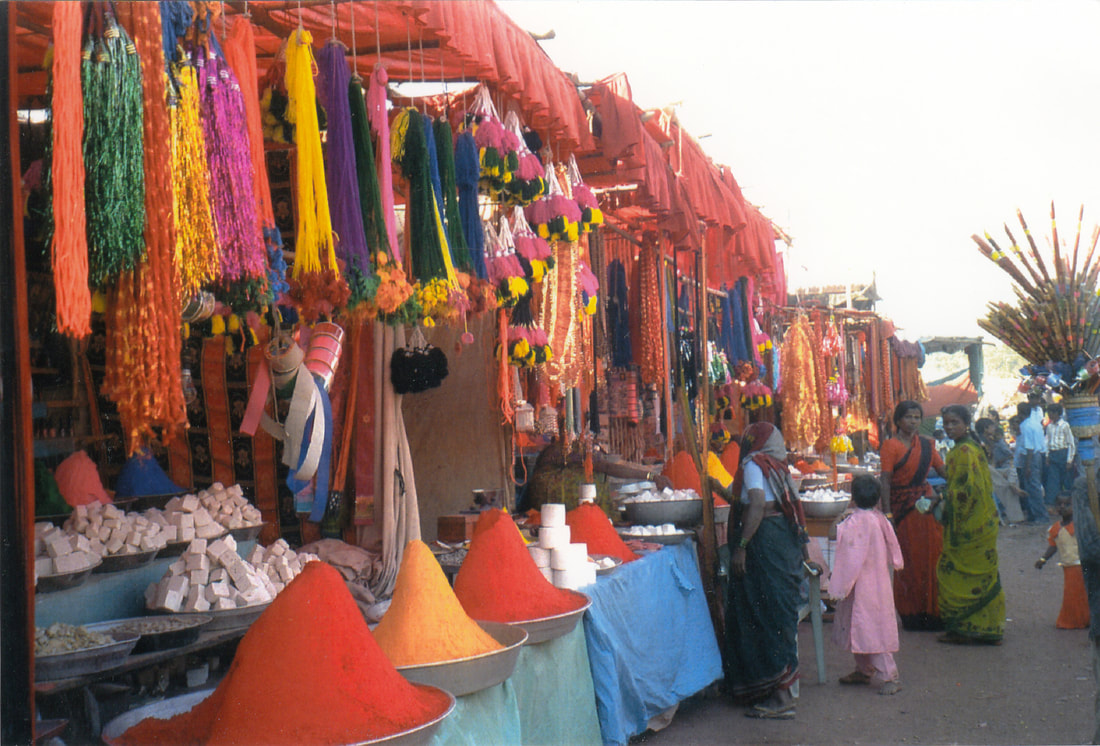
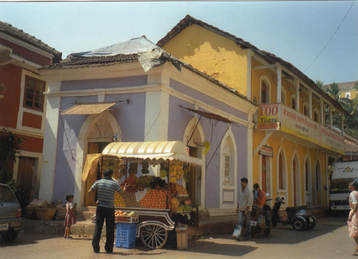
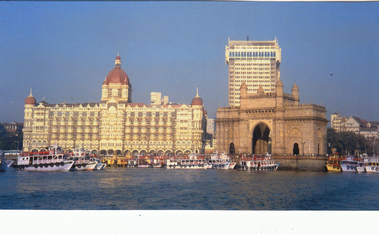
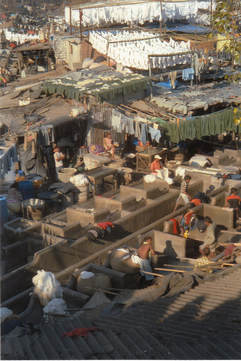
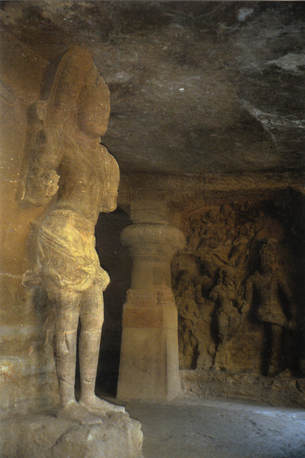
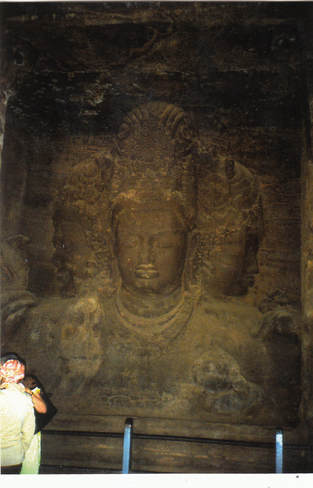
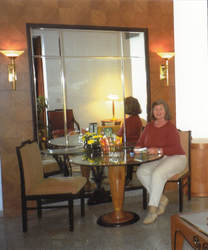
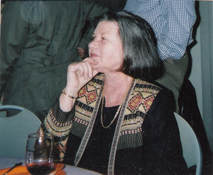
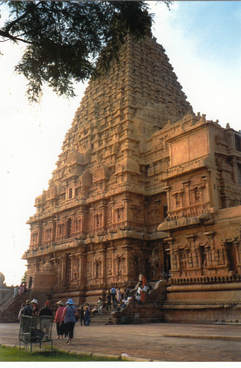
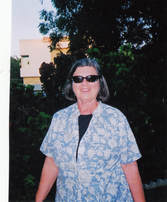
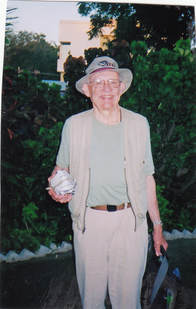
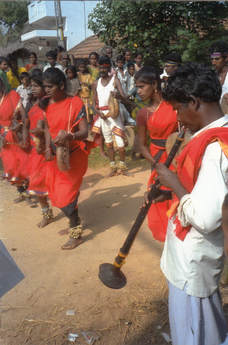
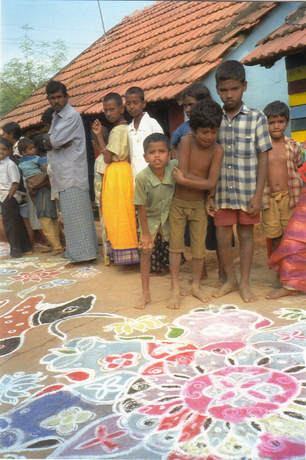
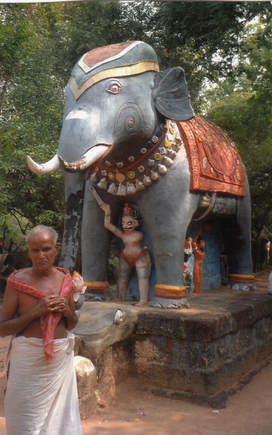
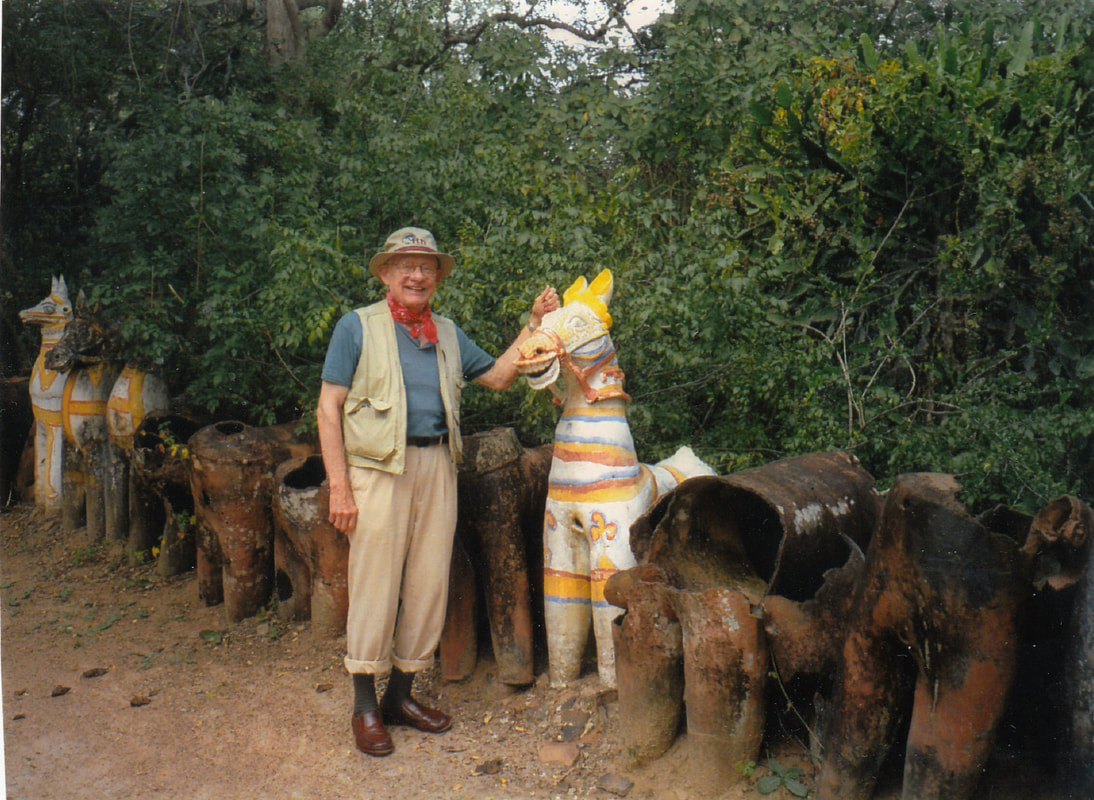
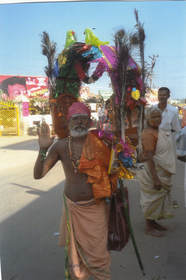
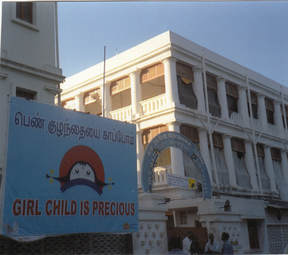
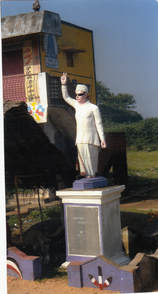
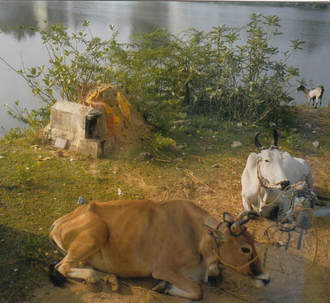
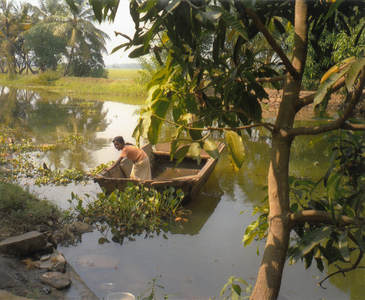
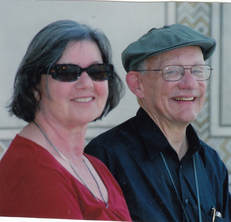
 RSS Feed
RSS Feed